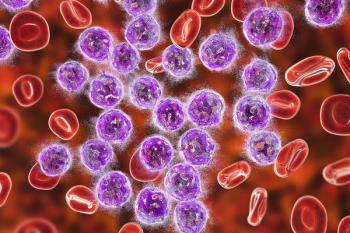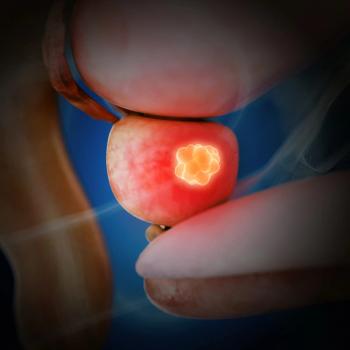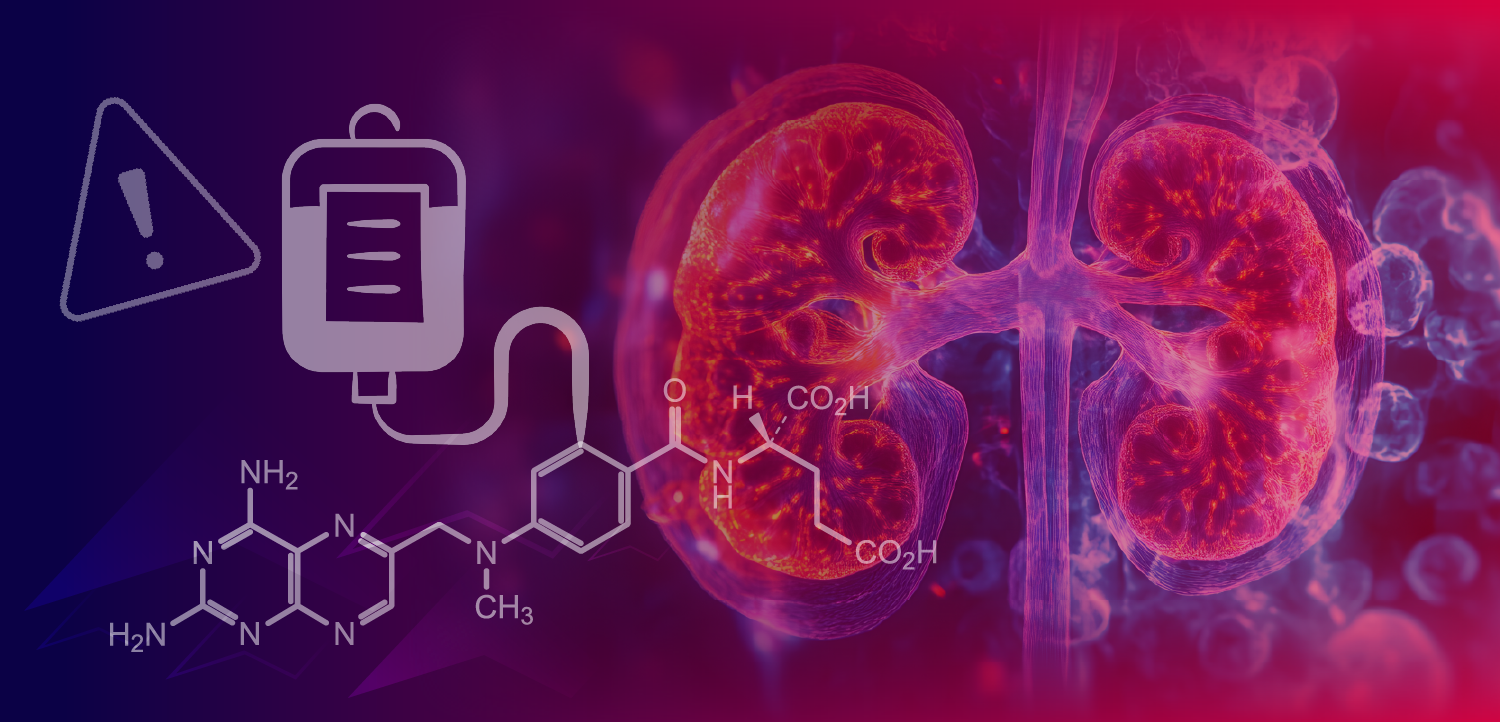
Beneficial, Cost-Effective Breast Cancer Therapy Not Offered to All Patients

A study led by Jefferson researchers found that not all patients, specifically African American patients and women without private insurance, receive the same breast cancer treatment, specifically the beneficial and more cost-effective hypofractionated whole breast radiation therapy.
Even though more effective and cost-efficient treatments for breast cancer are on the rise, researchers found that some patients, specifically Black women and patients without private insurance, are offered this therapy less often, according to a study published in the International Journal of Radiation Oncology Biology Physics.
Recently, patients have undergone an alternative radiation treatment plan known as hypofractionated whole breast radiation rather than the standard breast-conserving cancer treatment of surgery followed by radiation therapy over a 5- to 6-week period. The treatment is just as effective at reducing the risk of a cancer returning, more cost-effective, and offers fewer side effects to patients and better breast restoration outcomes following treatment.
"We have identified patient populations at risk of not receiving a beneficial and more cost-effective therapy," lead author of the study, Alliric Willis, MD, FACS, said in a press release. "This research really illustrates that not all patients are being treated equally."
The investigation revealed that while the use of hypofractionated whole breast radiation to treat patients increased from around 25% in 2012 to around 67% in 2016, marked disparities in the patients being treated existed. Specifically, patients identifying as white were the most likely group to receive hypofractionated whole breast radiation, whereas African Americans were the least likely group to receive that treatment regimen.
The researchers utilized the National Cancer Database to examine data from almost 260,000 early-stage breast cancer patients over the age of 40 years who were diagnosed between 2012 and 2016. The cohort of patients had received radiation therapy following surgery. The researchers specifically compared demographics, tumor attributes and treatment facility characteristics of patients receiving hypofractionated whole breast radiation or tradiational radiation therapy.
More, socioeconomic status played a role in who received hypofractionated whole breast radiation treatment as well. The research found that patients with private insurance were more likely to receive hypofractionated whole breast radiation treatment than patients with public insurance or Medicaid. The researchers also found that patients who lived in areas with the highest income category zip codes were 25% more likely to receive hypofractionated whole breast radiation treatment than patients in the lowest income category zip codes.
"When we took all other factors into account, African American women were 15% less likely to be treated with hypofractionated whole breast radiation than white women," Willis said in a press release. "This demonstrates that even though treatment guidelines do not take race into account, race is a factor in breast cancer treatment."
Traditional radiation therapy consists of 25 to 30 daily radiation treatments for patients over a 5- to 6-week period following surgery. In recent years, patients have begun hypofractionated whole breast radiation treatment more often. This consists of higher radiation treatments per dose, resulting in only about 15 to 16 daily treatments for patients over a 3 to 4-week period.
The researchers suggest that this data will pave the way to reducing healthcare costs and increasing patient satisfaction for all patients with breast cancer.
"This tells us that there is a need to actively communicate information to healthcare providers about the spectrum of treatment options across all treatment facility types," Willis said. "Patients should have access to all treatment options no matter their race, socioeconomic background or where they seek care. Hopefully, our research will help to address gaps in provider education and extend this favorable treatment to all patients."
Reference:
Not all patients are offered the same effective breast cancer treatment [news release]. Published September 30, 2020.
Newsletter
Stay up to date on recent advances in the multidisciplinary approach to cancer.
























































































